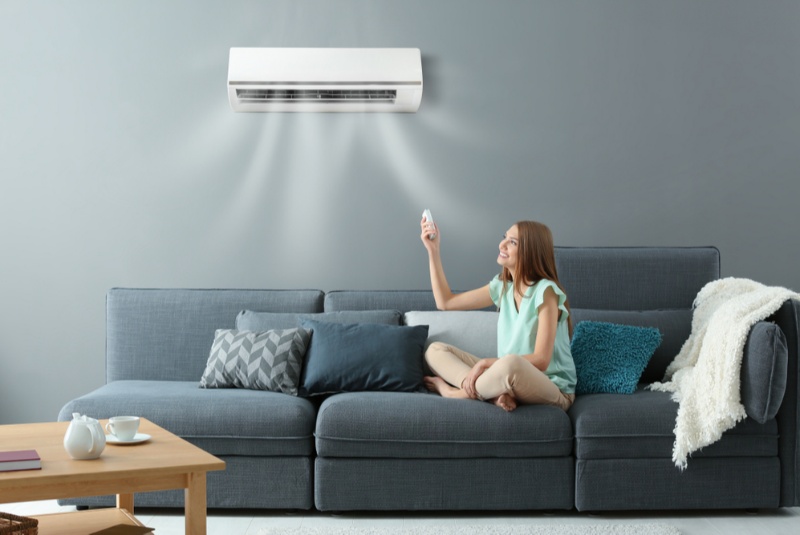Summer is a welcome season, bringing in vibrant blooms and delightful sunny days. However, it also ushers in the scorching heat, making an air conditioner (AC) not just a luxury but a necessity in many homes. In the face of a dizzying array of options, buying a new air conditioner requires a savvy approach to ensure you select the best unit for your needs. Follow this smart shopper’s guide to staying cool and making an informed decision on your next AC purchase.
Step 1: Know Your Needs
Room Size: Your first step should be to measure the square footage of the space you intend to cool. Larger spaces will require a unit with a higher British Thermal Unit (BTU) rating, which indicates the amount of heat it can remove from a room.
Insulation: Consider the insulation of the room. Well-insulated rooms require less cooling power, while rooms with poor insulation might require a more potent unit.
Climate: Your geographical location will influence your choice. Hot and humid climates necessitate an air conditioner with a higher capacity and a good dehumidification system.
Step 2: Energy Efficiency
SEER Rating: The Seasonal Energy Efficiency Ratio (SEER) rating is pivotal in choosing an energy-efficient unit. A higher SEER rating means the air conditioner operates more efficiently, potentially saving you money on electricity bills.
ENERGY STAR: Opt for units that have the ENERGY STAR certification. These units meet the environmental and energy efficiency guidelines set by the U.S. Environmental Protection Agency.
Step 3: Types of Air Conditioners
Central Air Conditioner: Ideal for cooling multiple rooms or a large space efficiently. However, it requires a significant upfront investment and installation process.
Window Units: These are more economical and easier to install, best suited for cooling single rooms.
Portable Units: These units offer flexibility, as they can be moved from room to room. However, they are generally less efficient than window or central air conditioners.

Ductless Mini-Split: A viable option for homes without ductwork, offering efficient cooling and heating with a sleek design.
Smart Air Conditioners: These units allow you to control them via smartphones, offering convenience and potential energy savings through programmable settings.
Step 4: Additional Features
Air Quality: Look for units with filters that improve air quality by trapping dust, pollen, and other allergens.
Noise Level: Consider the noise level of the unit, especially for bedrooms. Generally, a noise level below 55 decibels is considered quiet.
Warranty: Ensure your unit comes with a comprehensive warranty to cover potential issues.
Step 5: Installation
Professional Installation: Enlist the services of a professional installer to ensure your unit is installed correctly, optimizing its performance and lifespan.
Installation Costs: Factor in the installation costs into your budget. It might include electrical work, ductwork, or other preparations.
Step 6: After Sales Service
Maintenance: Regular maintenance, including cleaning or replacing filters, is essential to ensure your air conditioner runs efficiently for many years.
Customer Service: Choose a brand with a good reputation for customer service to assist with any issues that might arise during the lifespan of the unit.
Purchasing a new air conditioner is no small feat, given the substantial investment involved. This savvy shopper’s guide equips you with the knowledge you need to navigate the various options available and make an informed decision. By considering your individual needs, focusing on energy efficiency, and understanding the different types of air conditioners and additional features available, you set yourself on a path to not just keeping cool, but also reducing your environmental footprint and potentially saving money in the long term. Remember, a wise investment today will ensure a cool and comfortable home for many summers to come. Stay cool, smart shopper!




